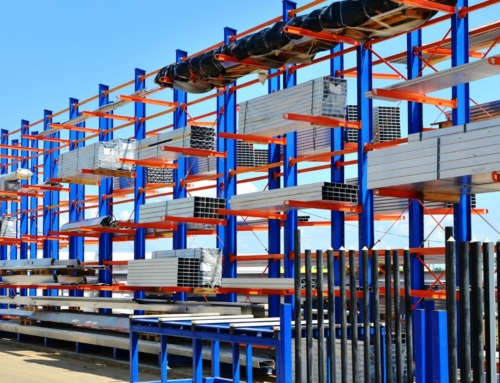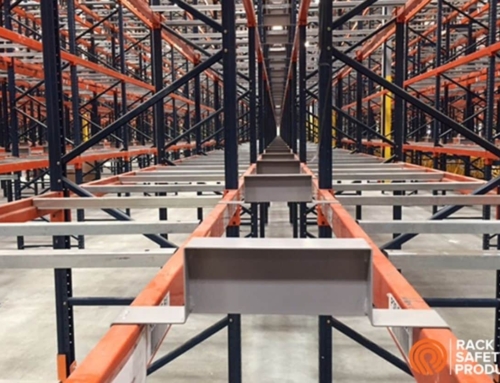You’ve probably wondered how to calculate storage rack capacity and how much weight you can place on pallet racking. Engineers and designers define pallet racking load limitations by assessing each rack system component’s structural load-bearing capacity. Each part adds to the integrity of your rack, and considering them all is how they determine overall rack capacity. To understand this better, read on! We detail the importance of pallet rack capacities!
Looking at Pallet Rack Systems
Rack systems, by definition, are assemblages of elements that come together to form a solid whole. Warehouse rack systems consist of a series of interconnected parts that form an organized structure capable of holding a certain amount of weight in loaded pallets. It’s a case of the whole being greater than its parts.
Each portion or component of a pallet rack system has a specific function. This allows the parts to transmit weight effectively. At the same time, each rack component collaborates with other sections to complete its task.
How To Calculate Pallet Rack Load Capacity
In theory, learning how to calculate rack capacity should be simple. You figure out your total pallet loads, then calibrate your decks, beams, uprights, bracing, and baseplates to exceed that figure. When you size rack components, keep in mind that there’s no way you’ll ever surpass the supposed weight capacity of your rack system.
However, there’s more to it in practice. Every rack component supplier readily provides weight restrictions for each piece. The key is to ensure that every racking part is 100-percent compatible with its neighboring partner, rather than being the point of failure.
Calculating Beam Capacity
The most important thing to remember about beams is that their strength or carrying capacity is proportional to their length and depth. When it comes to sizing rack components, beam width isn’t a big factor. Depth, on the other hand, is critical. Why? A loaded rack beam must deal with gravitational forces.
Compression is the downward force that the living load on the beams exerts. Beams also adjust for a tension force that extends from the load’s center and travels sideways along the beam’s course. This weight transmits to the upright connection point.
Rack components do not carry equal loads in all locations, foundation, slab thickness and seismic zone play a major factor in the actual weight load that a system can maintain. An engineering review should be done for your location to determine the system that can support your loads at your facility.
We hope this article has sufficiently highlighted the importance of warehouse racking capacities. If you’re looking to purchase pallet racking safety stops and other products, you should reach out to Rack Safety Products today!






